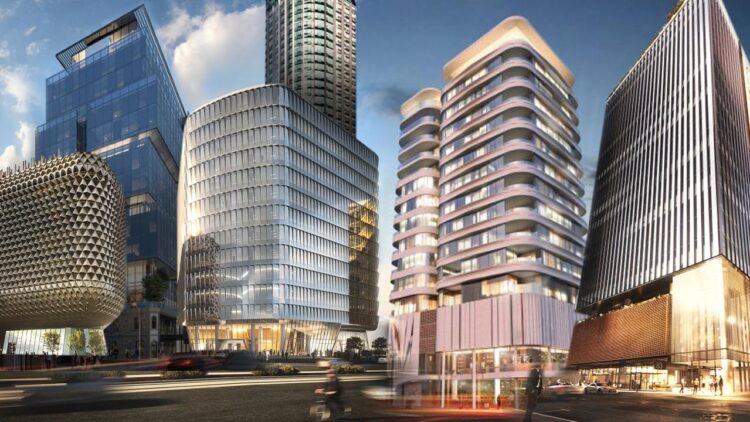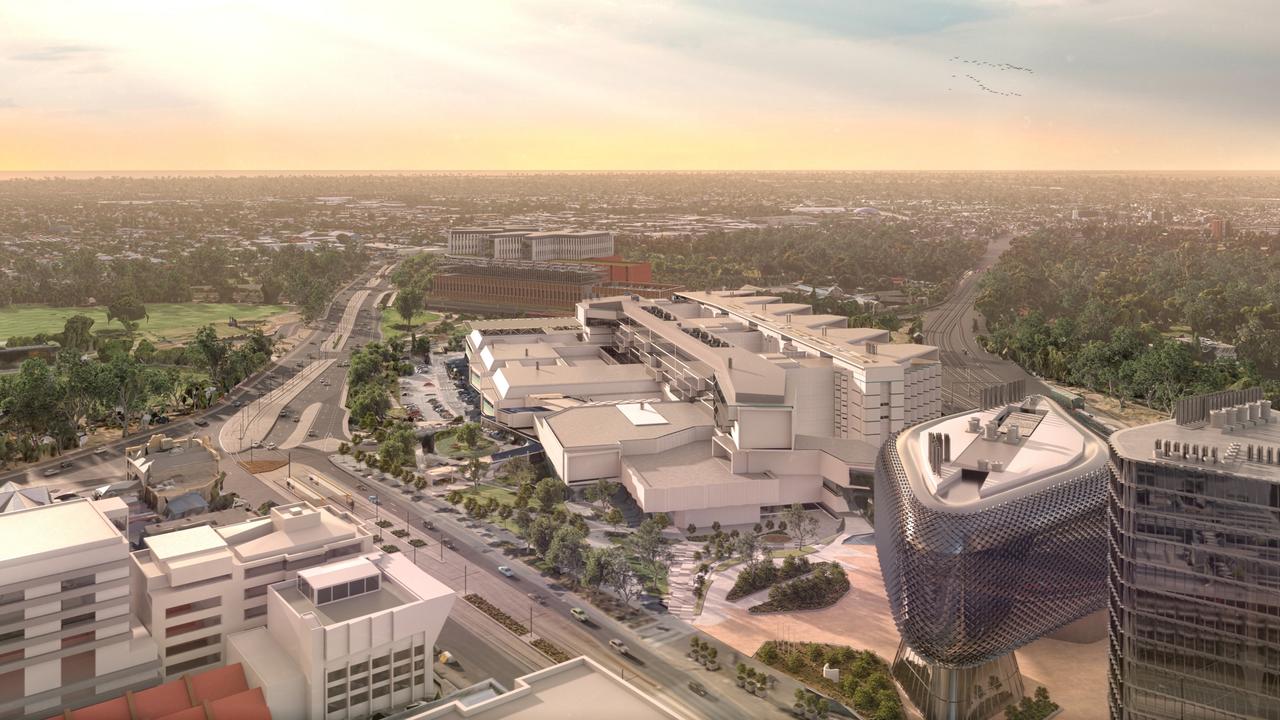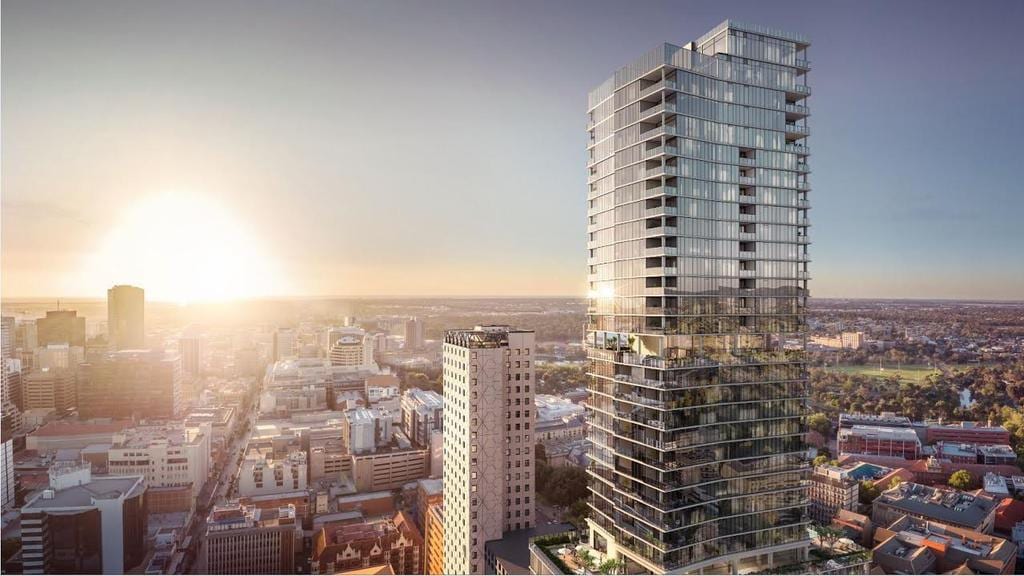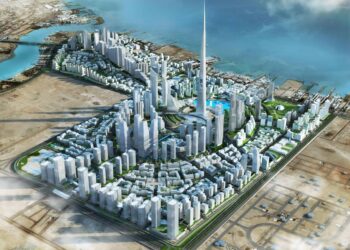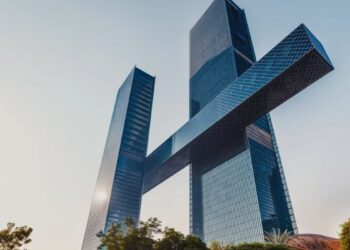Adelaide, the capital city of South Australia, is undergoing a transformative journey to redefine its urban landscape. With a projected population increase of 670,000 by 2050, the city is implementing comprehensive strategies to accommodate growth while ensuring sustainability, livability, and economic vitality. This article delves into the multifaceted plans shaping Adelaide’s future, encompassing housing, infrastructure, environmental initiatives, and technological advancements.
Strategic Urban Expansion
A. Greater Adelaide Regional Plan
The South Australian Government has unveiled the Greater Adelaide Regional Plan, aiming to construct 315,000 new homes over the next three decades. This initiative addresses the anticipated population surge and focuses on:
-
Developing higher-density housing along major roads and public transport corridors.
-
Identifying seven new greenfield areas to provide 96,000 homes.
-
Expanding industry and employment land, particularly around Murray Bridge and Gillman.
-
Creating a $7.5 billion satellite city near Murray Bridge to reduce commuting needs and establish local economic hubs.
B. Removal of Urban Growth Boundaries
To facilitate housing development, the government has passed legislation removing urban growth boundaries and exempting certain lands from the Environment and Food Protection Areas (EFPA). This move allows for the development of approximately 61,500 new homes, primarily in greenfield estates around Roseworthy and Two Wells, with additional expansions in Murray Bridge, Victor Harbor, Goolwa, and Middleton.
Sustainable Development and Environmental Initiatives
A. Urban Greening Strategy
Adelaide’s Urban Greening Strategy aims to increase tree canopy coverage from 17% to 30% by 2055, enhancing biodiversity and mitigating urban heat. Key actions include:
-
Facilitating development that protects existing trees and provides space for new urban greening.
-
Creating linear greenway parks connecting suburbs.
-
Establishing large regional parks and urban forests.
-
Protecting coastal reserves along beaches.
B. Climate-Resilient Planning
The city is adopting climate-resilient design principles to prepare infrastructure for extreme weather events. Strategies include:
-
Updating coastal hazard mapping.
-
Amending overlays to incorporate guidance for floor levels and flooding sites.
-
Developing toolkits for regenerative planning approaches.
Infrastructure and Transportation Enhancements
A. North–South Corridor Development
The North–South Corridor project aims to establish a continuous 78 km motorway from Old Noarlunga to Gawler, enhancing connectivity across Adelaide. Components include:
-
Northern Expressway.
-
North-South Motorway.
-
Southern Expressway.
B. Public Transport Upgrades
To support the growing population, Adelaide is revamping its public transport system by:
-
Extending tram lines.
-
Improving bus services.
-
Introducing high-frequency transit corridors.
Economic Development and Innovation
A. Job Creation and Economic Hubs
The urban development plans aim to create 254,000 new jobs by:
-
Supporting local businesses through grants and mentorship programs.
-
Investing in technology and innovation hubs.
-
Enhancing tourism by developing cultural and recreational precincts.
B. Lot Fourteen Innovation District
Occupying the former Royal Adelaide Hospital site, Lot Fourteen is being transformed into an innovation precinct to foster collaboration among startups and research institutions. The development includes green spaces, modern offices, and community facilities.
Community Engagement and Cultural Integration
A. Inclusive Urban Planning
Adelaide’s City Plan emphasizes a people-first approach by:
-
Embedding First Nations perspectives into urban design.
-
Co-designing neighborhoods with local communities.
-
Creating civic plazas to foster social interaction and cultural exchange.
B. Digital Twin Technology
The implementation of a digital twin model allows for:
-
Visualizing urban data to inform planning decisions.
-
Engaging stakeholders through interactive mapping.
-
Monitoring performance against population growth and climate resilience.
Challenges and Considerations
While the vision for Adelaide’s future is comprehensive, challenges remain:
-
Balancing development with the preservation of valuable farmland.
-
Ensuring infrastructure keeps pace with rapid urban expansion.
-
Maintaining housing affordability amid rising property prices.
Conclusion
Adelaide’s ambitious urban vision integrates housing, sustainability, infrastructure, and community engagement to create a resilient and vibrant city. Through strategic planning and innovative approaches, Adelaide is poised to accommodate future growth while preserving its unique character and enhancing the quality of life for its residents.

